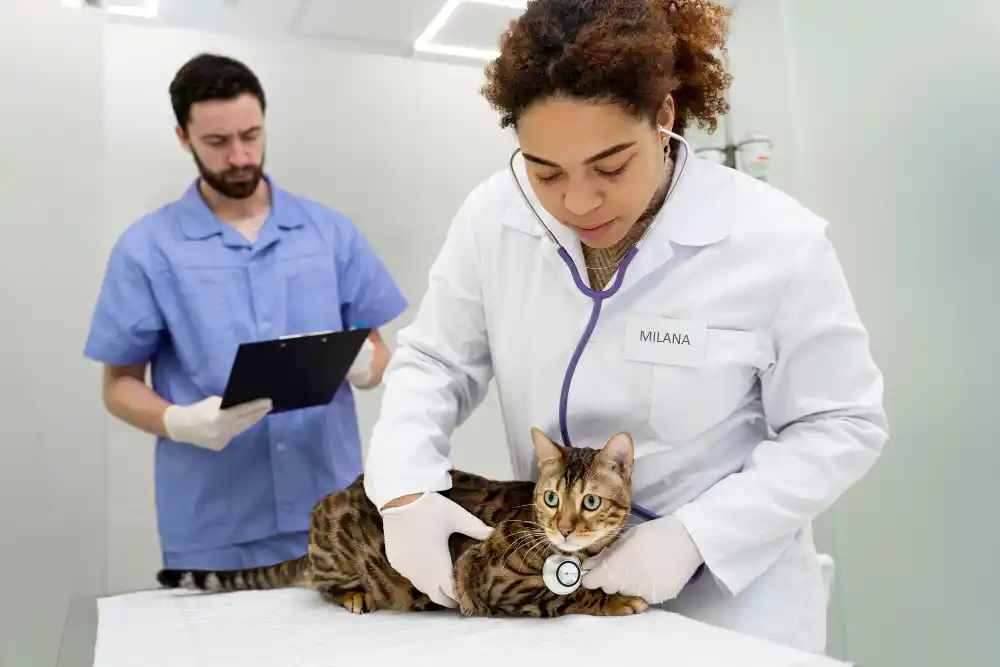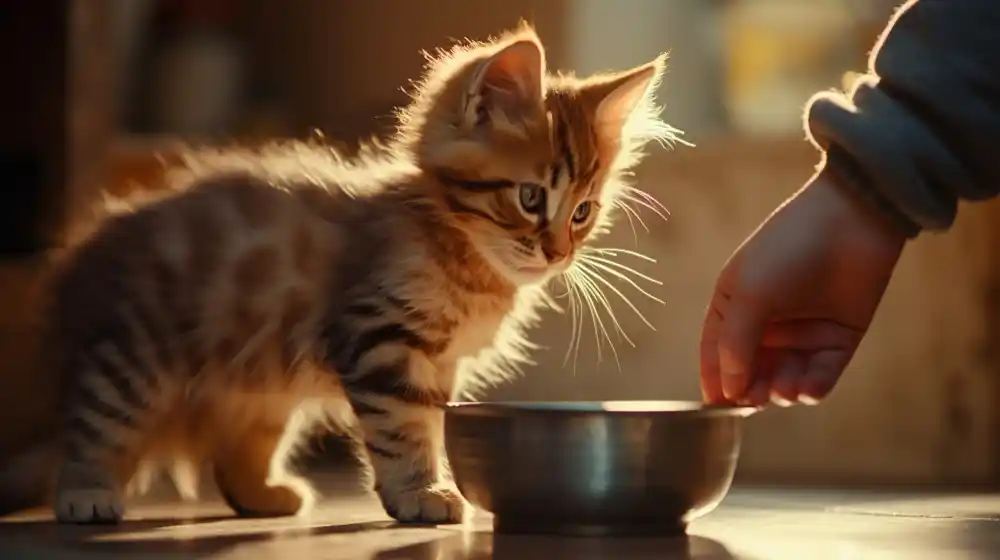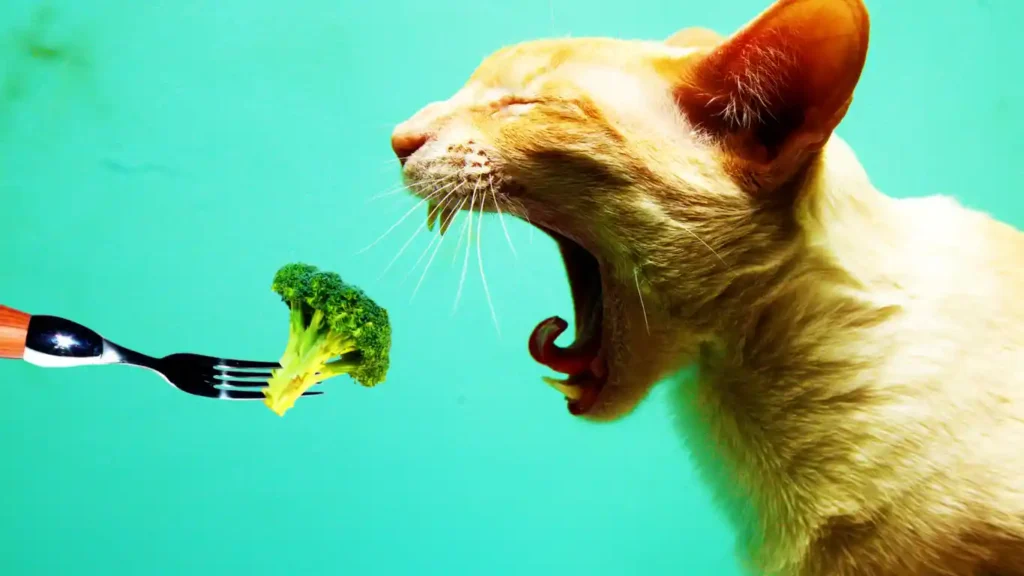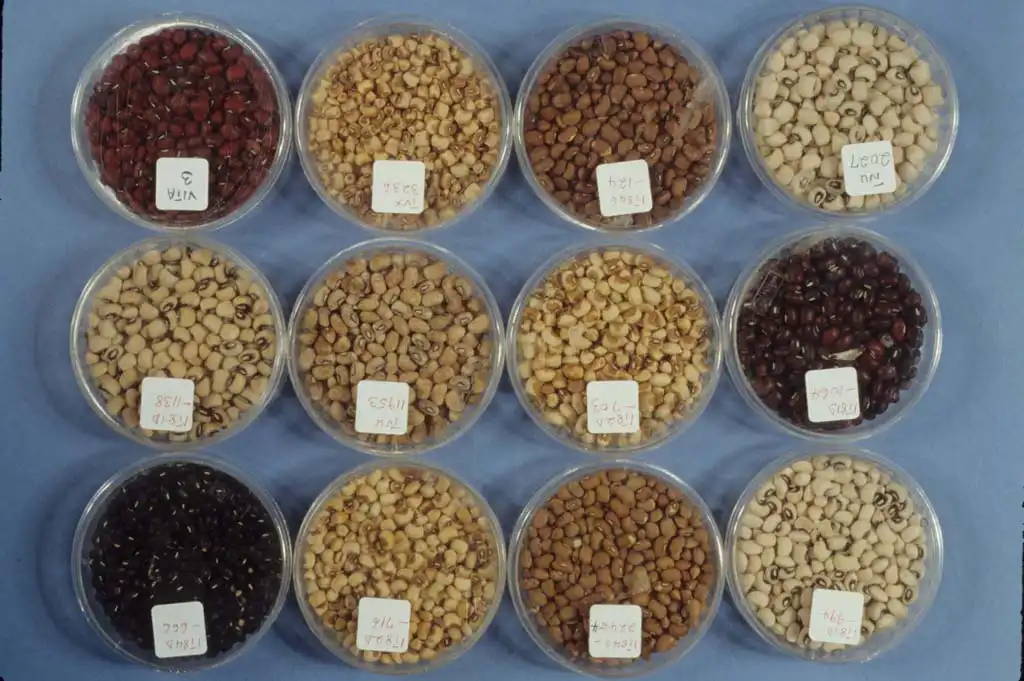Changing your cat’s diet can feel daunting, but it can also be an important step toward better health and wellbeing. Whether you’re addressing specific health issues, seeking to improve their overall nutrition, or simply trying to change their taste preferences, a thoughtful approach is key. In this guide, we’ll explore eight essential tips to help you transition your cat to a new diet smoothly and effectively.
Main Points of Post
Why Transitioning Your Cat’s Diet Matters
Before diving into the tips, it’s important to understand why a gradual transition is crucial. Cats are creatures of habit, and sudden dietary changes can lead to gastrointestinal upset, including vomiting, diarrhea, and loss of appetite. A gradual transition helps their digestive system adjust to the new food, minimizing discomfort and promoting better acceptance.
Benefits of a Proper Diet Transition
- Improved Digestive Health: A gradual shift reduces the likelihood of digestive upset.
- Nutritional Balance: Ensures your cat receives essential nutrients without deficiencies.
- Weight Management: Helps control weight through healthier food choices.
- Preventing Allergies: Allows you to monitor for any adverse reactions to new ingredients.
1. Consult Your Veterinarian

Why It’s Important
Your veterinarian knows your cat’s health history and can guide you on the best diet for your furry friend. They can recommend specific food brands or formulations tailored to your cat’s age, weight, and any health concerns.
What to Discuss
- Any underlying health issues
- Nutritional needs based on age and activity level
- Recommendations for high-quality food
2. Choose the Right Food

Researching Options
Not all cat foods are created equal. Look for high-quality options that meet the Association of American Feed Control Officials (AAFCO) standards. Ingredients matter, so opt for food with real meat as the first ingredient, minimal fillers, and no artificial additives.
Types of Diets to Consider
- Dry Food: Convenient but may contain fillers.
- Wet Food: Higher moisture content, good for hydration.
- Raw Diets: Mimics natural feeding but requires careful handling.
3. Start with a Gradual Transition

The 7-10 Day Rule
Start by mixing a small amount of the new food with the old food. Over 7 to 10 days, gradually increase the proportion of the new food. This slow introduction allows your cat’s digestive system to adapt without causing stress.
Sample Transition Schedule
- Days 1-3: 75% old food, 25% new food
- Days 4-6: 50% old food, 50% new food
- Days 7-10: 25% old food, 75% new food
- Day 11 onward: 100% new food
4. Monitor Your Cat’s Reaction

Observing Behavior and Health
Keep a close eye on your cat’s behavior during the transition. Look for signs of discomfort, such as:
- Vomiting
- Diarrhea
- Loss of appetite
- Changes in energy levels
What to Do if Issues Arise
If your cat experiences severe digestive issues, slow down the transition process. You may need to revert to a higher proportion of the old food until your cat adjusts.
5. Incorporate Positive Reinforcement
Making Mealtime Enjoyable
Cats can be finicky eaters, so it’s essential to create a positive association with the new food. Use treats or praise when your cat shows interest in the new diet.
Engaging Techniques
- Mix in Treats: Add a small amount of treats or toppers to entice your cat.
- Interactive Feeding: Use puzzle feeders to make mealtime more engaging.
6. Maintain a Consistent Feeding Schedule
Creating Routine
Cats thrive on routine, and maintaining a consistent feeding schedule helps them feel secure. Offer food at the same times each day, and avoid leaving food out for long periods.
How to Implement
- Set fixed meal times (e.g., twice daily).
- Limit grazing to avoid overeating.
7. Stay Hydrated

Importance of Water
Whether you’re transitioning to dry or wet food, hydration is crucial. Cats often don’t drink enough water, leading to health issues. Encourage hydration during the transition period.
Tips to Increase Water Intake
- Fresh Water: Change water daily and consider a pet water fountain to entice drinking.
- Wet Food: Incorporate wet food if your cat is on a dry diet, as it adds moisture.
8. Be Patient and Observant
Understanding Your Cat’s Needs
Each cat is unique, and their response to a new diet can vary. Be patient throughout the transition process, and allow your cat to adjust at their own pace.
Long-term Considerations
Once your cat is fully transitioned, continue to monitor their health and behavior. Regular vet check-ups can help ensure that the new diet is meeting their nutritional needs.
Must Read: Tips To Train Cats
FAQs About Transitioning a Cat’s Diet
Q1: How long should I take to transition my cat to a new diet?
A gradual transition typically takes 7 to 10 days. However, some cats may need more time, so observe their reactions and adjust the timeline accordingly.
Q2: What signs indicate that my cat isn’t adjusting well to the new diet?
Watch for symptoms like vomiting, diarrhea, loss of appetite, or lethargy. If any of these occur, slow down the transition or consult your veterinarian.
Q3: Can I mix wet and dry food when transitioning my cat?
Yes, mixing wet and dry food can help with the transition. Just ensure that the overall ratio of old to new food remains consistent throughout the process.
Q4: What if my cat refuses to eat the new food?
If your cat refuses the new food, try mixing it with their favorite treats or warming it slightly to enhance the aroma. You may also need to reassess whether the new food is appealing or suitable for your cat.
Q5: Should I completely eliminate the old food at once?
No, it’s best to transition gradually. Sudden changes can upset your cat’s digestive system and lead to negative health effects.
Conclusion
Transitioning your cat to a new diet doesn’t have to be a stressful experience. By following these eight essential tips, you can ensure a smooth and successful change that promotes your cat’s health and happiness. Remember, patience and observation are key. Your cat’s wellbeing is worth the effort, and with a thoughtful approach, you’ll help them thrive on their new diet.
Have you recently transitioned your cat to a new diet? Share your experiences and tips in the comments below! Let’s create a supportive community where we can learn from each other’s successes and challenges in caring for our beloved feline friends.



